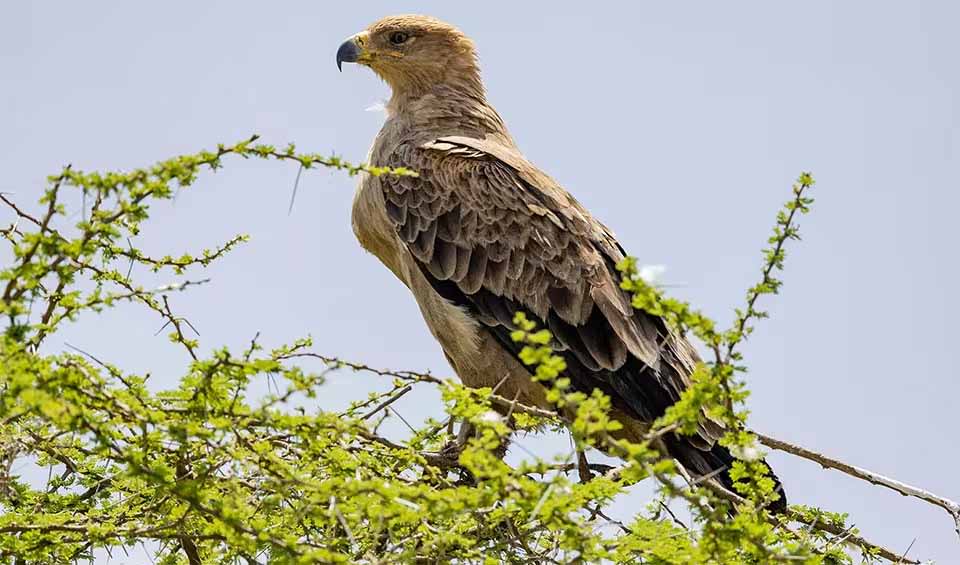A small British Overseas Territory that packs a surprising punch when it comes to biodiversity. Despite its limited size, the territory offers a diverse range of habitats and species. From the rugged cliffs overlooking the Mediterranean to the sandy beaches along the coast, it provides a variety of environments for plants and animals to thrive. The territory’s unique location at the intersection of Europe and Africa has contributed to its rich biodiversity.
Gibraltar is home to a variety of plant species, including some that are endemic to the area. The territory’s diverse habitats support a range of flora, from Mediterranean shrubs to coastal grasses.
Four pillars elaborated:
Gibraltar, although minuscule when compared to vast nations, holds a unique position in terms of biodiversity and ecological conservation within its compact territory of 6.8 km² (2.6 mi²). This British Overseas Territory, located at the southern tip of the Iberian Peninsula, boasts a notable commitment to preserving its natural heritage, with several protected areas, including the Upper Rock Nature Reserve, which accounts for a significant portion of Gibraltar’s land area. Land Management
Land Management
The Gibraltar Nature Reserve protects a variety of habitats, from its famous limestone cliffs to Mediterranean scrublands, and supports rich biodiversity, including various migratory birds and unique plant species adapted to the Rock’s microclimate. The marine environment around Gibraltar is also a focus of conservation efforts, with marine protected areas designed to safeguard the diverse marine life that thrives in the Strait of Gibraltar, a crucial migration route for many marine and avian species.
Gibraltar’s approach to environmental management includes stringent regulations on pesticide use and proactive measures to manage and recycle waste, reflecting a broader commitment to sustainability despite the territory’s small size and urban density.
Gibraltar, despite its small size, has a relatively stable biodiversity. The territory’s unique location and conservation efforts have contributed to the resilience of its ecosystems. The Red List Index (RLI), a measure of species’ extinction risk, has remained relatively stable for Gibraltar in recent years. This indicates that the territory’s biodiversity is not facing significant threats. Threats to Biodiversity
Threats to Biodiversity
While Gibraltar’s biodiversity is generally robust, it is important to note that certain species may be vulnerable to specific threats. Climate change, for example, could have impacts on the territory’s ecosystems.
Gibraltar has taken proactive steps to enhance its capacity for biodiversity management with the development of advanced digital systems to monitor and protect its unique environment. This initiative includes the creation of a comprehensive biodiversity database that consolidates information across multiple local research institutions and environmental organizations. Capacity and Governance
Capacity and Governance
The strategic focus on protecting Gibraltar’s diverse ecosystems is not just a local priority but is crucial for broader conservation efforts given its position at the gateway between the Atlantic Ocean and the Mediterranean Sea. Despite its small size, Gibraltar’s government allocates substantial resources towards environmental conservation. However, the exact figures for these expenditures are not always detailed publicly, similar to issues faced by larger nations.
Gibraltar has developed a comprehensive National Biodiversity Strategy and Action Plan (NBSAP) that mirrors global best practices in its forward-thinking approach to conservation. This plan is designed to safeguard Gibraltar’s unique biodiversity by addressing the primary causes of biodiversity loss, reducing direct pressures on the environment, protecting its diverse ecosystems, and enhancing the socioeconomic benefits derived from maintaining a healthy biodiversity. Central to this strategy is the integration of traditional knowledge into conservation efforts, ensuring that all segments of the community are represented and can benefit equitably. Future Trends
Future Trends
Biodiversity
Gibraltar is home to a variety of plant species, including endemic ones that can be found nowhere else in the world. The territory’s diverse habitats, ranging from rocky cliffs to sandy beaches, support a rich array of vegetation. Gibraltar’s biodiversity is also influenced by its proximity to the African continent. Species from North Africa occasionally migrate to the territory, adding to its ecological richness.In terms of wildlife, Gibraltar is particularly known for its Barbary macaques. These monkeys, which are the only wild primates in Europe, have inhabited the territory for centuries and are a popular tourist attraction. Other notable animals found in Gibraltar include birds of prey, such as the Barbary falcon and the Egyptian vulture.
mammals
Barbary macaque
A monkey without a tail that’s why people sometimes mistakenly call it an ape
European rabbit
They spread faster than any other colonizing mammal in the world
birds
European goldfinch
Can hang upside down while feeding!
Tawny eagle
Often seen as a symbol of strength, freedom, and keen vision in many African communities
Egyptian vulture
A highly intelligent species that is the world’s only tool-using vulture with a long migratory range









